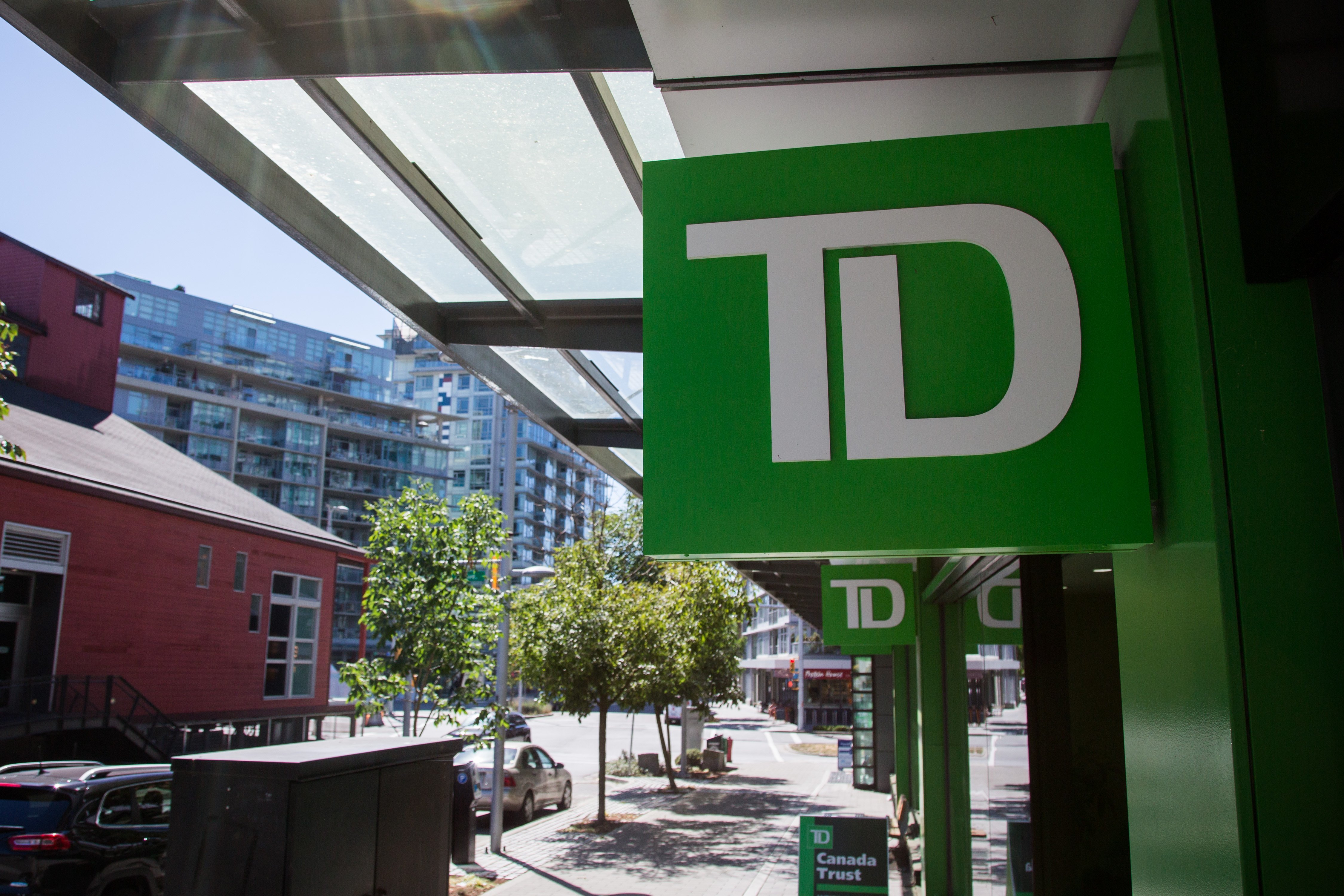Innovation in Retail Asset Management: 1960 to 1980
- Launch of Index Funds (Vanguard – 1975)
- Acceleration of mutual fund sales in the US first true “star manager” in Peter Lynch / Fidelity.
- 1980 – $8 billion est
- 1985 -$15 billion est.
Sold Not Bought: Role of Salesperson Compensation:
Historically: One time commission paid by investors (up to 9%)
1987 – Launch of deferred sales charge and trailers paid out of management fee of 2.5%
Front end commission: 4% upfront plus trailing commission of .5%
Backend compensation: Nothing upfront
but 1% trailing commission
Power of salesperson led to “buying business”. Sales people fueled major change in the way Retail Asset Management started.
Banks start to focus on fund sales via branches
- Growth of independent advisors – shift away from captive sales organizations (closed to open)
- Focus on stealing customers from banks
- Emphasis on US and global funds outside Canada to overcome home market bias
- First ETFs launched in Canada (TIPs)
Growth in Canadian Mutual Fund Industry (billions)
1980 – $ 8 est 1995 – $144
1985 – $ 15 est 1996 – $211
1990 – $ 25 est 1997 – $287
1991 – $ 50 est 1998 – $335
1992 – $ 67 1999 – $397
1993 – $115 2000 – $433
1994 – $125 2001 – $441
- Interest rates on GICs and bonds
- Boomer demographic / saving years
- Scepticism about CPP
- Market performance
- Media coverage
- Banks starting to focus on mutual funds (beginning with money market funds)
- Industry innovation
- Strategic Asset Allocation – STAR (Mackenzie funds only) and Keystone (include outside funds)
- Clone funds to get around the foreign content limit within RRSPs (originally 20%, later increased to 30%, then eliminated)
- Corporate class funds to allow investors to switch between funds without triggering capital gains
- Fee structures for HNW and fee based accounts
Growth of Canadian mutual fund industry assets (billions)
2002 $404 2010 – $ 772
2003 $474 2011 – $ 769
2004 $524 2012 – $ 849
2005 $603 2013 – $ 996
2006 $696 2014 – $ 1138
2007 $739 2015 – $ 1232
2008 $585 2016 – $1339
2009 $694 2024 – $2000 (Forecast)
Net sales of Canadian funds
2004 – $12 billion 2011 – $31 billion
2005 – $10 billion 2012 – $36 billion
2006 – $17 billion 2013 – $42 billion
2007 – $22 billion 2014 – $58 billion
2008 ($15 billion) 2015 – $57 billion
2009 – $ 5 billion 2016 – $30 billion
2010 – $11 billion 2017 – $19 billion (to July)
1990 1998 2011 2016
Banks 36% 29% 46% 53%
Independents 35% 53% 45% 39%
Captive / Direct 29% 18% 9% 9%
Loss in Share by Banks was due to:
- Performance
- Advice
- Internal Barriers
- Level of Focus and Priority
- Internal Conflict / Cultural Issues
Banks Made Five Key Decisions
- Ensured competitive products – shifted to packaged solutions
- Approached high value customers with dedicated branch financial planners
- Aligned incentives – implemented variable compensation / pay for performance for planners
- Deployed sales management for planner salesforce
- Incentives to activate branch referrals from front end staff
Growth of Canadian ETF assets (billions)
2002 $ 5 2010 – $ 38
2003 $ 9 2011 – $ 43
2004 $ 9 2012 – $ 56
2005 $ 12 2013 – $ 62
2006 $ 15 2014 – $ 75
2007 $ 18 2015 – $ 88
2008 $ 19 2016 – $ 114
2009 $ 31 2017 – $ 134 (August)
Threat from ETFs – Sales
ETFs Mutual Funds ETF Share of Funds
1999 .07 18 0.4%
2010 3 11 27%
2011 7 20 35%
2012 11 31 36%
2013 5 42 12%
2014 10 58 18%
2015 16 57 28%
2016 16 30 53%
Three Types of Innovation
1 Breakthrough
- Passive investing: Burton Malkiel, Princeton
- Three factor research: Fama and French, Value, Small Caps and Momentum
- Junk bonds: Michael Milken
- Asset allocation: Gary Brinson
- Stocks for the long run: Jeremy Siegel, Wharton
2 Incremental
- Income Trusts
- Income oriented offerings / return on capital
- Dividend growers vs dividend sustainers
- Low volatility funds
- Fundamental indexing / Smart Beta
- Active share
- Geographic sectors – Emerging Markets, Frontier, Japan
- Industry sectors – Technology, Energy, Pharma, Telecom, REITS
- Tax driven
- New instruments – Leveraged loans, Floating loans, Bank debt
- Market sectors – small caps, mid caps
- Market Responsive
- Fee structures
- Tax structures
- New pricing and features targeted to different segments

